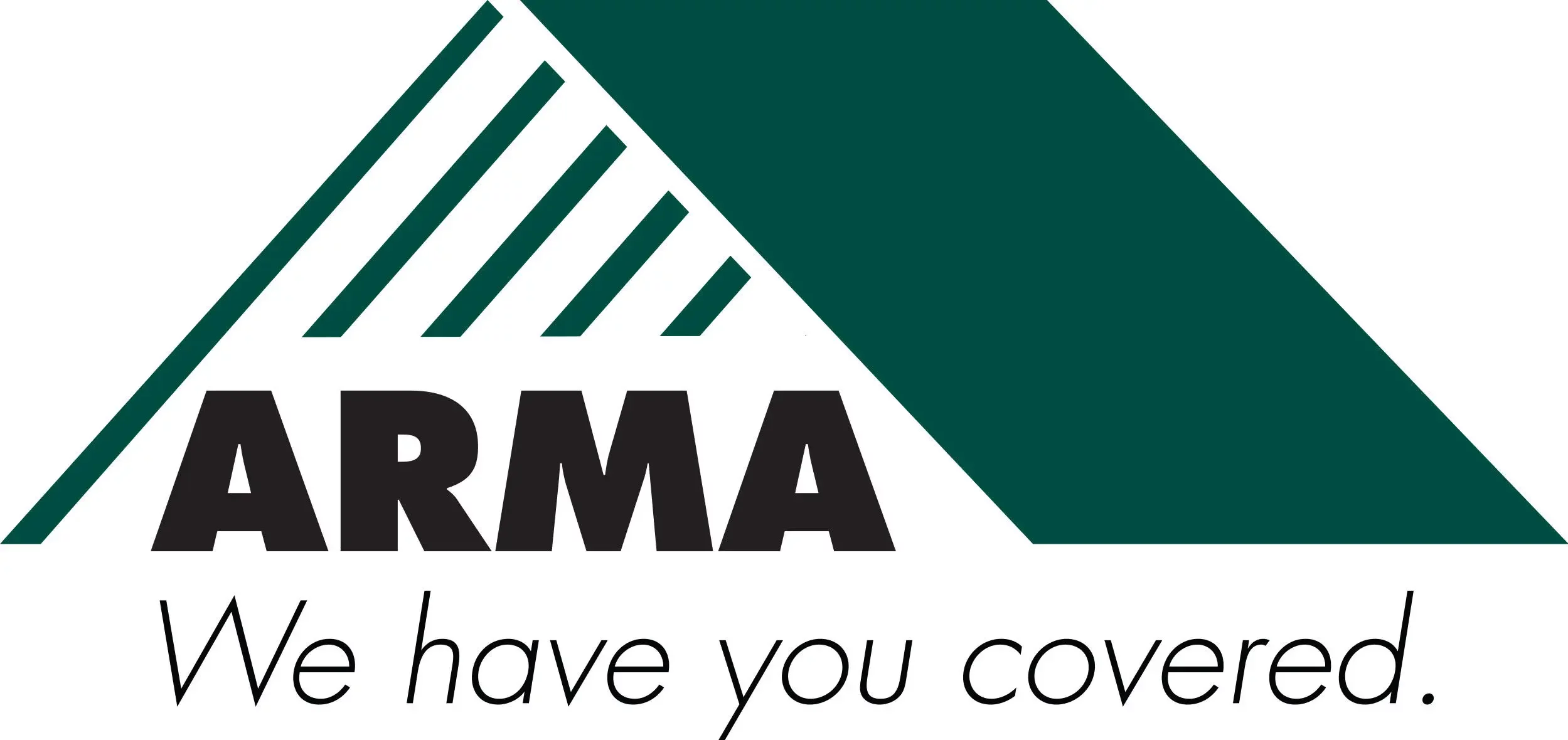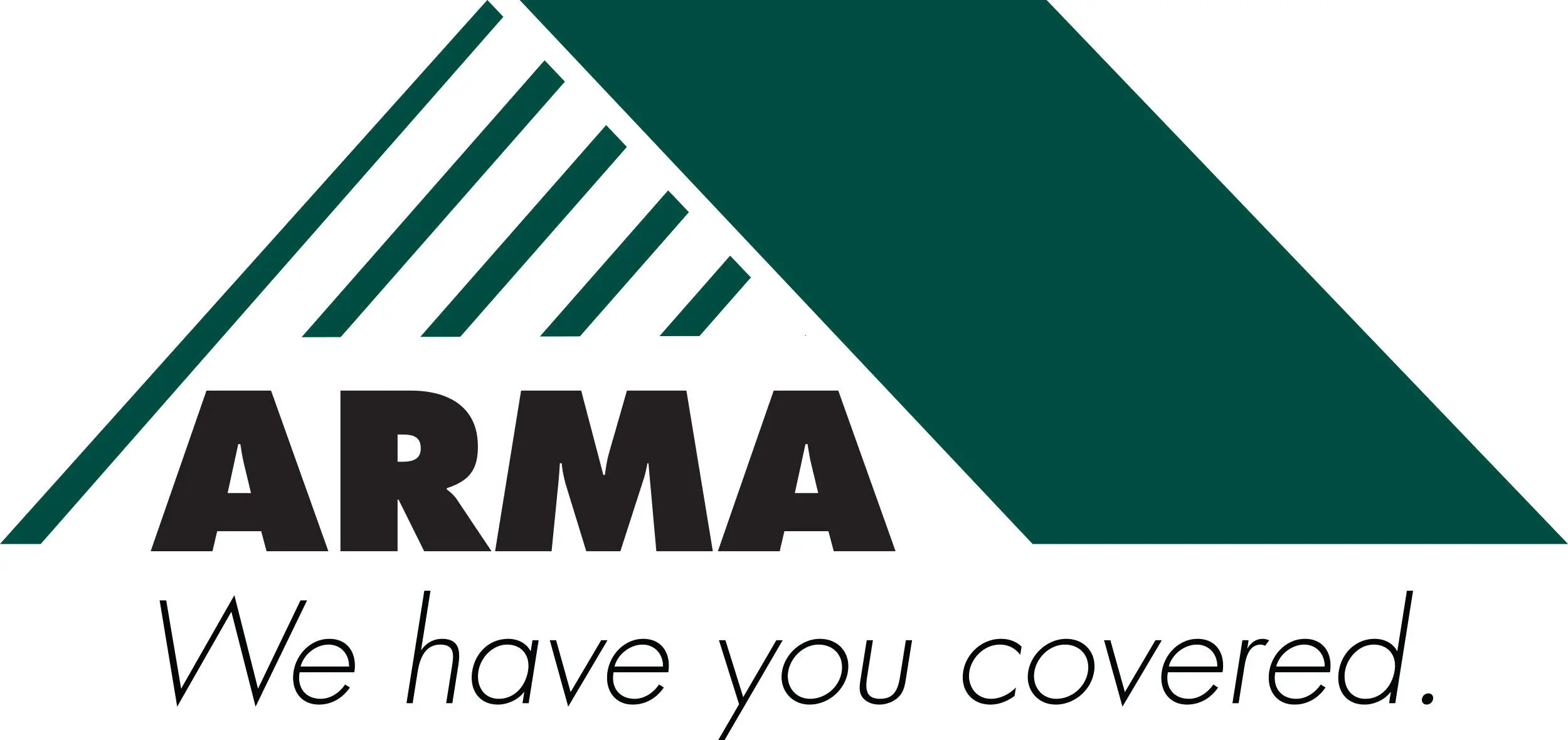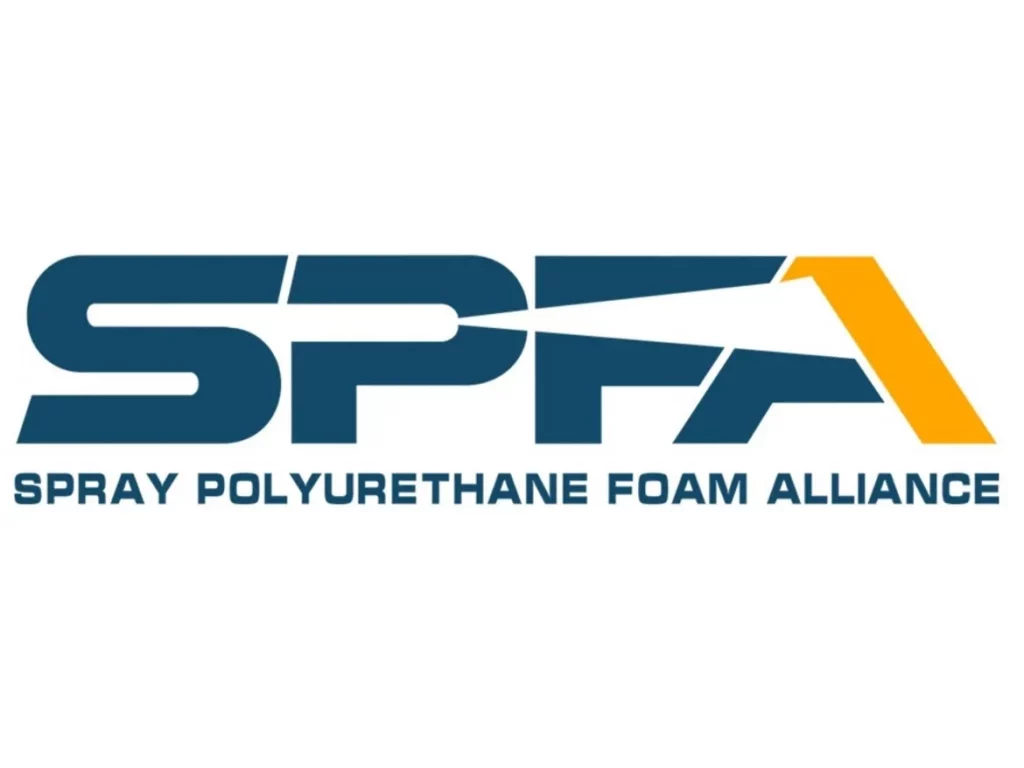Commercial insulation systems must comply with standards set by the International Energy Conservation Code (IECC), ASHRAE 90.1, and local building codes. The most commonly accepted insulation types include closed-cell spray foam, open-cell foam in specific applications, and continuous rigid board insulation, each with defined R-values based on climate zones. Compliance depends not just on spray foam insulation material but also on installation methods, moisture control, air sealing, and thermal bridging.
This article explains which commercial insulation systems comply with current codes, focusing on practical comparisons, field-verified insights, and region-specific considerations relevant to Wichita and similar mid-continental U.S. climates. The data and observations reflect installation experience in Kansas and surrounding states.
Code-Compliant Commercial Insulation Types
Comparison of Insulation Types That Meet Code
| Insulation Type | Meets IECC/ASHRAE 90.1 | Common Use Cases | Air Barrier | Vapor Retarder | Typical R-Value per Inch | Application Limitations |
|---|---|---|---|---|---|---|
| Closed-Cell Spray Foam | Yes | Commercial walls, roofs, ceilings | Yes | Yes | R-6.5 to R-7.2 | Cost; Expansion control |
| Open-Cell Spray Foam | Conditional | Interior walls, partitions | Yes | No | R-3.5 to R-4.0 | Not suitable for unvented roof decks |
| Polyiso Rigid Foam Board | Yes | Continuous exterior insulation | No | Yes | R-6.0 | Must be sealed at joints |
| EPS Rigid Board | Yes | CMU block fill, below-grade | No | Varies | R-3.6 to R-4.2 | Lower moisture resistance |
| Mineral Wool | Yes | Fire-rated assemblies, sound barriers | No | No | R-3.7 to R-4.3 | Not an air barrier |
Technical Specifications
| Specification | Closed-Cell Spray Foam | Open-Cell Spray Foam | Polyiso Board | EPS Board | Mineral Wool |
|---|---|---|---|---|---|
| Fire Rating (ASTM E84) | Class 1 | Class 1 | Class 1 | Class 1 | Class A |
| Water Absorption | < 1% | ~25% | < 1% | ~2-3% | ~1.0% |
| Perm Rating (1″) | <1 | >10 | <1 | 1.5-5 | >30 |
| Compressive Strength (psi) | 25–40 | <5 | 20–25 | 10–15 | 20–30 |
| Installed Thickness (typical) | 1″–3″ layers | 3″–5″ layers | Board form | Board form | Batts or boards |
Bonus Tip
Avoid overspraying closed-cell foam in a single pass; it generates heat and can lead to cracking or improper curing. Apply in controlled lifts, allowing cooling between passes.
Regional Application for Wichita Climate
Wichita falls under IECC Climate Zone 4. This region requires:
- R-13 cavity insulation plus R-7.5 continuous insulation in commercial walls.
- Roofs must meet R-25 to R-30 depending on structure type.
- Air barriers and vapor retarders must be integrated where applicable.
Closed-cell spray foam is often the best match due to its ability to meet both R-value and air barrier requirements with one application. Polyiso boards are also used as continuous insulation in commercial exteriors, especially on metal buildings.
Bonus Tip
In humid summers, improper vapor control can lead to condensation within wall assemblies. Always combine vapor retarding layers appropriately with insulation type and climate.
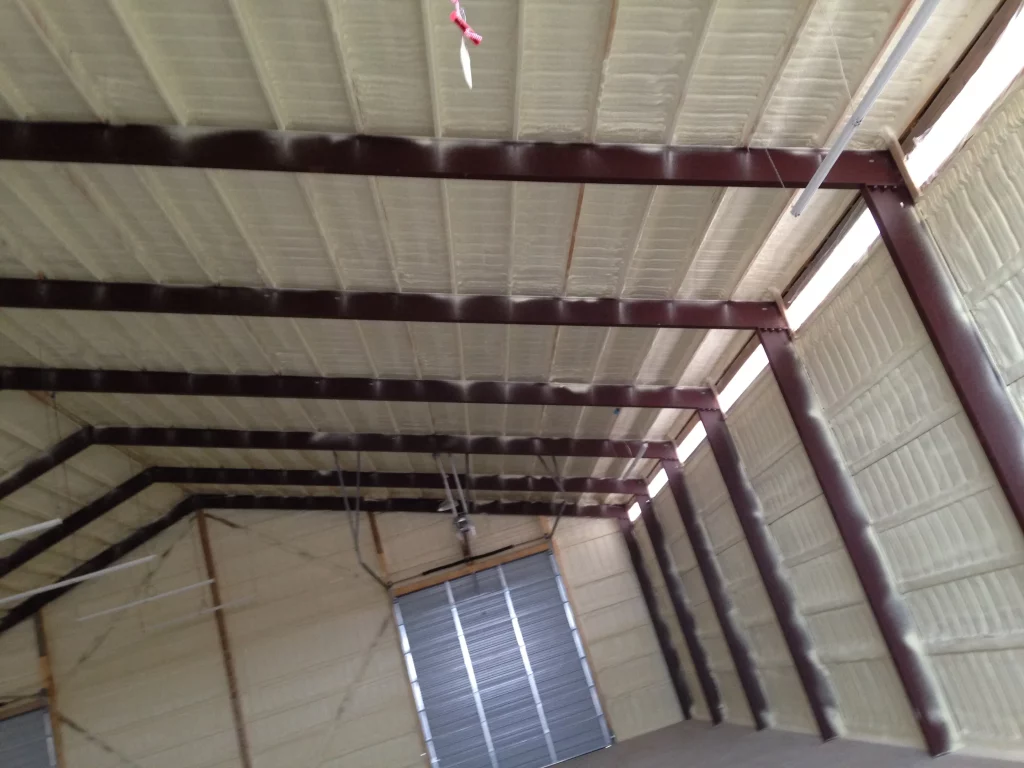
Things to Consider Before Making a Decision
- Climate Zone Requirements: Verify local amendments to IECC or ASHRAE 90.1.
- Material Compatibility: Ensure selected insulation works with the structure’s wall and roof assemblies.
- Fire Ratings: Use materials with documented fire performance in commercial settings.
- Installation Quality: Code compliance is often lost through poor execution, not material failure.
- Moisture Management: Misapplication can trap water and cause mold or degradation.
Closely Related Services Offered by Arma Coatings of Wichita
- Closed-Cell Foam Insulation: High-R-value and air-sealing insulation for commercial walls, roofs, and ceilings.
- Metal Building Insulation: Spray foam and board solutions for metal commercial structures requiring code-compliant thermal envelopes.
- Commercial Foam Insulation: Full-service application tailored for office buildings, warehouses, and retail.
- Spray Foam Air Barriers: Code-aligned air sealing for moisture and energy control.
Common Questions Before Choosing an Insulation System
What R-value is required for commercial roofs?
R-25 to R-30, depending on whether the roof is continuous insulation or cavity-based. Check local adaptations of IECC 2021.
Does open-cell foam comply with code?
Only for interior use or where a vapor barrier isn’t required. Not suitable for roofs or areas with moisture risk.
Can spray foam replace traditional air barriers?
Yes, closed-cell foam provides both insulation and air sealing in a single application if installed correctly.
Is polyiso board allowed as continuous insulation?
Yes, when installed over studs or sheathing and sealed at joints. Must meet fire and thermal specs.
Get Expert Insulation Guidance
Ensure your commercial project meets code from day one. Speak with certified insulation professionals for accurate R-values, material selection, and compliant installation.
Contact Arma Coatings of Wichita.
Phone: (316) 755-9100
Email: [email protected]
FAQ Section
How can I confirm if an insulation product meets local code?
Check manufacturer testing data for IECC and ASHRAE compliance, and consult city building inspectors or code officials.
What happens if insulation doesn’t pass inspection?
Non-compliant installations may require removal or costly retrofits. Use certified products and installers.
Are hybrid insulation assemblies allowed?
Yes, combining spray foam and rigid board can meet code if layers are correctly sequenced and sealed.
How often do insulation codes change?
National codes update every three years, but local enforcement may vary. Always check the latest adopted version.
Does insulation quality affect long-term energy cost?
Yes, air leaks or underperformance lead to higher HVAC loads and utility bills. Invest in precise application.

